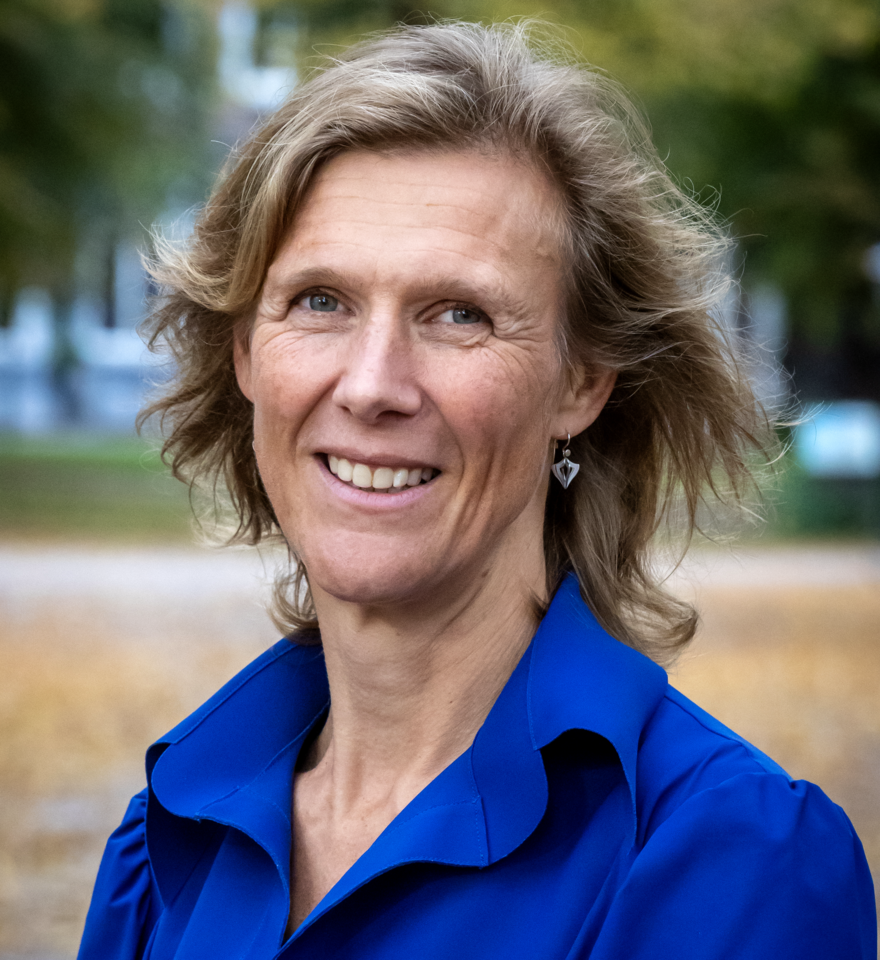Data Assimilation and Decision Support
Data assimilation (DA) and history matching combine numerical simulations and observations to derive improved system characterizations. DA resolves uncertainties, provides a rigorous framework for real-time monitoring and forecasting, and advises practitioners on optimal courses of action. Our research develops and operationalizes statistical methods that meet the complex demands of reservoir engineering and Earth-system modelling, which help managing the risks of new technologies for the energy transition.
Related projects
UrbanAIR: URBAN simulation for AIr quality and heat Resilience strategies
Timeline: February 2025 – January 2029
UrbanAIR aims to develop a new digital twin that supports decision makers in urban areas to deal with urban design dilemmas in atmospheric heat and air quality to maximise the health and socio-economic wellbeing of its citizens affected by climate change. It will provide critical tools for climate adaptation and hazard control through urban design and planning including very high-resolution model components of the complex atmospheric Earth system. UrbanAIR is designed to revolutionize digital twin platforms by starting from the perspective of the end user. Through co-creation with the end users and a balanced evaluation of the decision criteria, the overall objective of UrbanAIR is to yield dynamic, user-friendly workflow and tools integrated into the Destination Earth infrastructure that empower municipalities and industries in making decisions on urban planning and design to prepare for climate change adaptation and exposure to hazards. With science-based tools for scenario simulation of natural and human behaviour, reliable risk assessment and evaluation of decision criteria, UrbanAIR will pave the way for effective climate adaptation and hazard mitigation, transforming urban planning and design into proactive tools for a safer, healthier, and more resilient future.
Part of work programme HORIZON-INFRA-2024-TECH-01-03: New digital twins for Destination Earth
ASCEND: Advancing Subsurface Characterization via Ensemble Nonlinear Data assimilation (NWO Talent Programme | Veni)
Timeline: October 2024 – October 2028
The subsurface is important for water supply and the energy transition, yet difficult to access and observe directly. Limited information entails uncertainty, which can be resolved with data assimilation (DA). Currently, most DA methods are either simplistic or computationally prohibitive. This project develops a scalable DA algorithm that can be tailored to the system’s demands, which permits statistical analyses that are as simple as possible and as complex as necessary. These analyses are instrumental for efficient and rigorous engineering in the subsurface.
BASTARDS: Bayesian Assimilation of Snow cover daTA for Rhone-valley Drought forecastS (User Support Programme Space Research -NWO)
Timeline: November 2023 – November 2026
In our changing climate, the increased frequency and intensity of droughts have an important impact on the lives of those living in the Rhone valley. To anticipate droughts, digital twins, which are virtual representations of processes on earth, can be important tools in scenario planning. While digital twins strive to be exact replicas of processes, we propose the development of digital bastards that may not be identical to, but accurately simulate those earth-system components that play a significant role in the processes at hand.
In the Rhone valley, meltwater from snow and glaciers contributes to the river runoff on multiple scales. While snow cover follows a seasonal cycle, glacier variability occurs on longer time scales. eWatercycle offers a collaborative environment for the understanding of water movement from local to global scale, predicting floods, droughts, and the effect of land use on water balance. However, estimates of snow meltwater in the Rhone using eWaterCycle are hampered by uncertainty in the amount of snow and its melting behaviour.
By assimilating novel snow data sets of MODIS, Landsat and Sentinel satellites into the hydrological models of the Rhone on the eWatercycle platform, we expect to improve the snow meltwater runoff. The coupling of hydrological models with glacier models while assimilating satellite-based snow products, will constitute a novel approach to improve short-term forecasts of river runoff and deliver a tool for scenario planning.
Assimilation of Electromagnetic Data for Reservoir Monitoring (Delphi)
Timeline: January 2018 - January 2026 (part-time)
Combining different geophysical data sets with complementary information can be formulated as a joint inverse problem. This project investigates the use of data assimilation methods, in particular ensemble smoothers, to estimate fluid fill and monitor fluid motion in subsurface reservoirs using different geophysical datasets, including (time-lapse) seismic data and marine controlled-source electromagnetic data (mCSEM).
Improving digital twins with program synthesis (NWA)
Timeline: January 2024 - January 2025
Arguably the most valuable tool one can create from Big Data is a digital twin that supports scientists and policymakers in understanding and interacting with various systems, ranging from industrial products to natural systems. Distilling twins of large-scale systems that consist of many interacting subsystems is, however, a major challenge. For instance, a digital twin of the Rotterdam delta consists of different interacting subsystems (e.g., atmosphere, soil, groundwater, waterways, barriers, and coastal waters) and its overall success depends on the ability to couple the subsystems with each other and with data. However, naively coupling the existing subsystem twins into a ‘monster twin’ is computationally infeasible. This project explores an innovative idea of using Big Data and probabilistic programming to link digital twins together. While coupling simulators of the subsystems is not always straightforward, the data on their joint behaviour is readily available (e.g., daily measurements of the delta). This project will exploit that big data to link and synchronise subsystem twins through probabilistic programming, an AI paradigm for reasoning about the behaviour of complex systems, without constructing the ‘monster twin’. While we focus on waterway problems, the resulting techniques will support value creation on many application domains that depend on linking digital twins.




